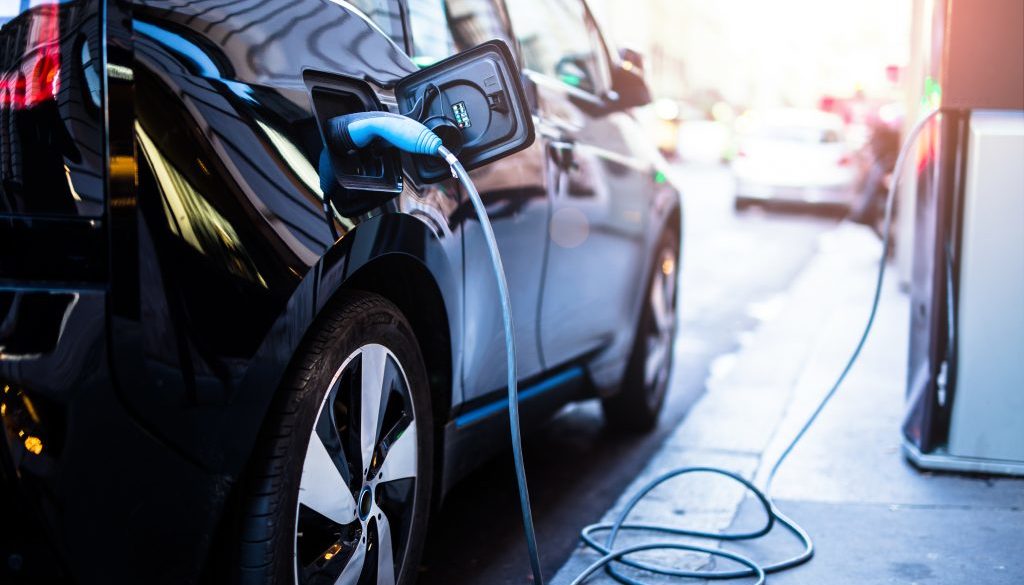Trump Cars Rollback Is a Dangerous Mess
By Luke Tonachel, Natural Resources Defense Council
When the Trump administration proposed its ridiculous rollback of clean car standards in 2018, it pretended that the increased costs for drivers at the pump, the loss of jobs and devastating pollution impacts were worth it because of some safety benefits.
It was clear from day one that analysis was done in bad faith and just plain wrong. Now, as it moves to finalize that regulation, the administration is bowing to reality. In a strange plot twist, the administration is now acknowledging that its reworked rule (one that some continue to pretend is “dialed back”) won’t save lives, will increase costs for drivers at the pump and may lead to even more carbon pollution than its original plan.
But, in its unstoppable ineptitude, the administration is still working on issuing the rule.
The new analysis was described in a letter from Senator Tom Carper to the White House late yesterday. Carper said he obtained a copy of the draft final rule that was sent to the Office of Management and Budget by the Department of Transportation and Environmental Protection Agency. The Senator’s letter shows the rule is still half-baked and dangerous: It would dramatically increase pollution, fuel consumption and costs to consumers.
The administration is supposedly focused on helping the economy, but the new analysis shows that even its own economists forecast this regulation would cost Americans an extra $41.3 billion. That’s worth repeating: Rolling back clean car standards will mean more pollution and lost jobs – and harm the American economy.
The Carper analysis demonstrates that the faulty reasoning started in the proposal remains in the draft final rule.
Vehicle Pollution and Oil Consumption Dramatically Increase
The final rule would increase carbon pollution by 923 million metric tons and force Americans to buy an additional 84 billion gallons of gas compared to the existing Obama administration standards, according to the Carper analysis. We don’t have the details behind these numbers, but they appear to be even higher than the already-massive increases that were projected by the agencies under their originally proposed flatlined standards, as I described here. Spewing 923 million metric tons is equivalent to running an additional 230 coal-fired power plants for year.
It’s entirely possible that the trivial 1.5 percent per year stringency change that the administration is trying to finalize did nothing to cut emissions and improve vehicle efficiency.
With a larger retreat on clean and efficient vehicle innovation, job security concerns get bigger too. The proposal already estimated 60,000 jobs lost but that could be grossly underestimated. Recent analysis by the BlueGreen Alliance found that as many as 202,000 jobs could be at risk from the rollback.
Costs Outweigh Benefits
The Carper analysis reveals that the projected costs of the final rule are larger than the benefits, resulting in net negative net benefits of up to $41.3 billion. Conversely, the EPA found in 2017 that benefits of maintaining the Obama standards were far higher than the costs of the program and provided net positive benefits of $98 billion. The existing strong standards—if maintained–would save consumers money from less trips to the pump and reduce emissions to avoid the costly health and climate damages of increased pollution. The Trump plan goes in the opposite direction by increasing consumer and societal costs.
Vehicles Become Costlier to Own
The Trump administration has claimed that their plan would increase vehicle affordability, but their own figures shows the opposite to be true. Carper’s analysis finds that the draft final regulation would result in less efficient vehicles that are slightly cheaper in the showroom but cost a lot more to own. For example, under the revised fuel economy standards, consumers might save $1,083 on a new vehicle purchase but would shell out even more—$1,423—to fuel and operate them, resulting in a net loss for the car owner.
Trump’s Safety Arguments Still Baseless
When it rolled out the August 2018 proposal, the Trump administration claimed that it would save tens of thousands of lives, but the claim was based on faulty logic that EPA’s Science Advisory Board found the administration’s findings to be “implausible”. With draft final rule, the agencies have walked back that claim to about 470 lives but that remains dubious. Consumer Reports found that the Trump plan would not improve safety and could even increase safety risks. Furthermore, the Trump draft final rule fails to count the lives threatened by increased pollution under their rules.
The Carper analysis notes that the final rule is still missing large sections and necessary justifications. The Regulatory Impact Statement and draft Final Environmental Impact Statements that are intended to describe the comprehensive effects of the rule have not been submitted to OMB. The draft final rule is a preamble written primarily by the Department of Transportation without equal or substantial input from the EPA, which is responsible for the vital clean cars portion of the rule. Under the Obama rule, both EPA and DOT modeled the impacts of their respective parts (emissions and fuel economy) of the rules. Under Trump, DOT has taken the reins for both and EPA models have been squelched. NRDC is currently litigating to have the EPA model released under a Freedom of Information Act request.
NRDC will continue to look at the arguments—or lack thereof—that the Trump administration is attempting to use to justify their dangerous clean cars and fuel economy rollback. The Carper analysis makes it is clear, once again, that the Trump administration is trying to force a regulation that is only good for oil companies and leave the public behind. The Trump team should drop their rollback efforts.

